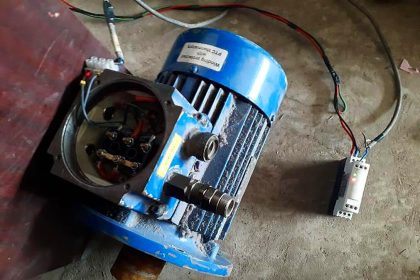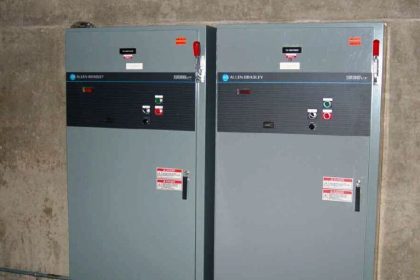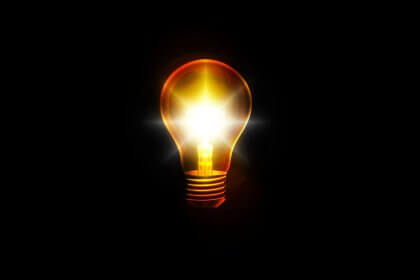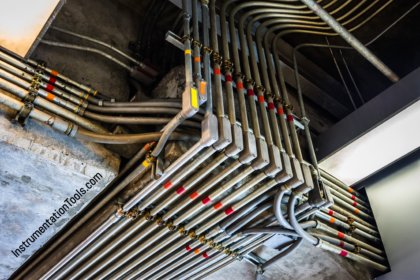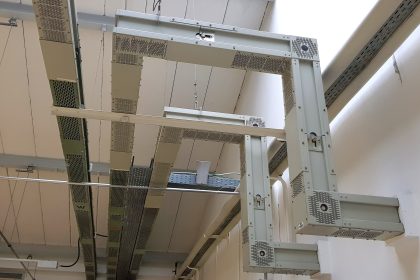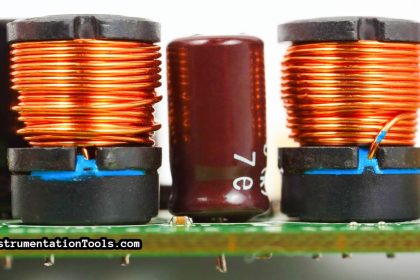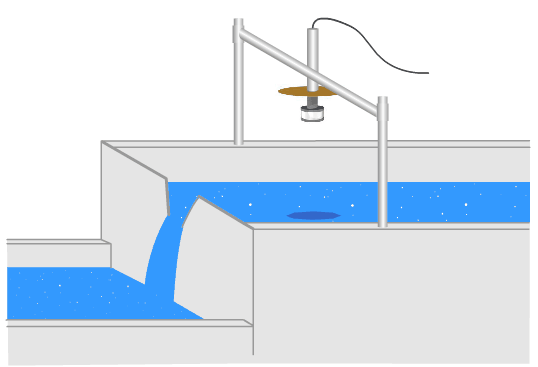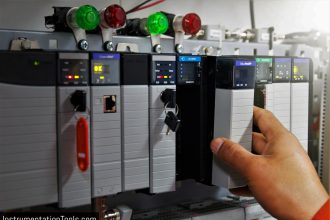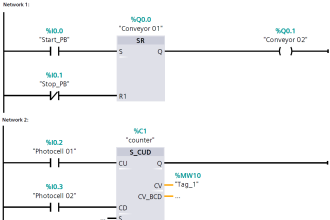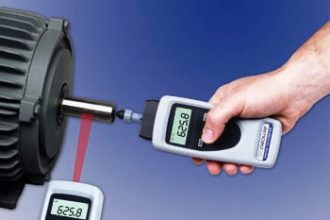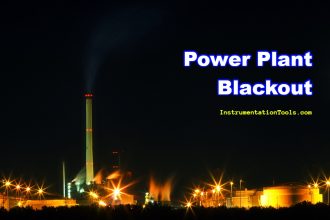Electric supply is continuously required for almost all applications. Nowadays, even a small absence of a power supply can hamper any operation happening. So, a power supply is required in a continuous mode.
For example, if you simply consider a critical PC server containing vital information constantly. Any lag in data gathering due to a power outage can result in PC shutdown and eventually, data loss.
Apart from the continuous power supply, fluctuations in electricity are also not required. That is why, it is necessary to protect electrical devices from surges and damage. So, electricity is a very important element in various applications.
Two of the most important devices related to continuous power supply and surge protection are UPS and stabilizers.
In this post, we will learn the difference between UPS and a stabilizer.
What is UPS?
UPS stands for uninterrupted power supply. As the name suggests, UPS is a device that is used to provide continuous power supply, even in case of a power outage. Basically, it consists of a power supply and battery. It takes input from the raw power supply and supplies it as it is to the load connected.
At the same time, it also supplies power to a battery unit chain. AC supply from raw power supply is taken and converted to DC supply inside the UPS by rectifier circuit, for battery charging. The DC supply is converted back to the AC supply by the inverter circuit and fed to the load.
There is an automatic semiconductor switch inside, which detects whether the input power supply is on or off. When it is on, then the switch will direct power from the supply to the load. When the switch is off, it diverts power from the power supply to the battery source.
Power is taken from the battery to the load. How long it will supply power depends on how long the battery had been charged and its capacity.
The battery capacity is thus an important factor in UPS. When the power supply again resumes back, then the switch will once again take power from the raw power supply and give it to load. The battery will again start charging to its full capacity. This allows the user to switch to some other power supply in case of mains power failure.
Because the UPS supplies power only for some period of time, this time is actually important in protecting the devices from sudden failure and allows the consumer to switch to some other power source like a diesel generator.
Once switched, the load will get supply from the other power source. Due to this, UPS acts as a medium between power supply switching, for smooth operation of devices and protecting them from damage.
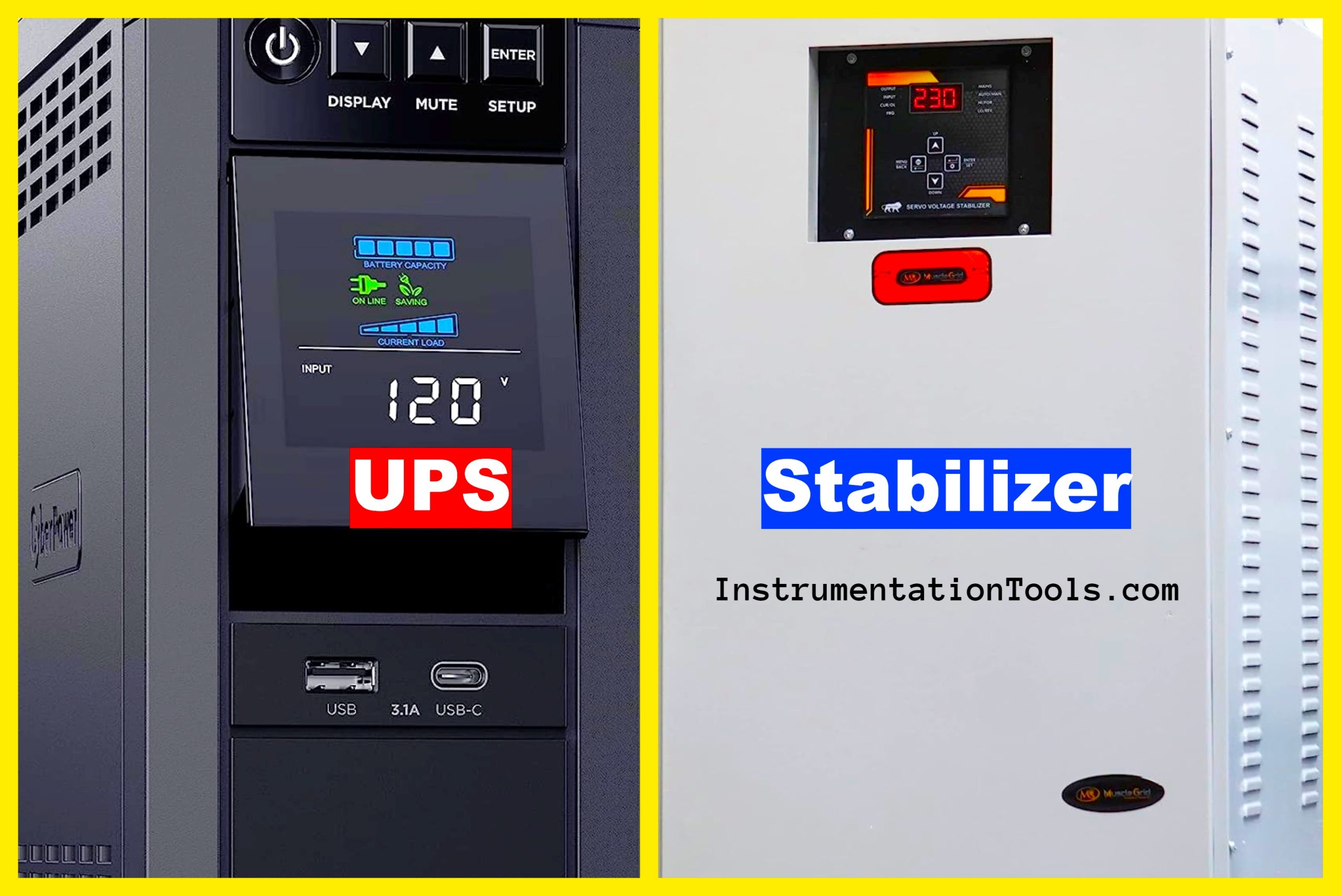
What is a Stabilizer?
A stabilizer is a device that is used to provide a stable and constant voltage to electrical equipment. This protects them from any fluctuations and high electrical surges. This is done with the help of servo motors inside.
There is a control shaft attached to the servo motor. In case of voltage increment and decrement, the motor controls the shaft accordingly to maintain the voltage levels by decreasing or increasing it correspondingly.
With the help of another autotransformer or buck-boost transformer, the servo voltage stabilizer regulates the power voltage. In this way, it continuously acts as a step-up or step-down transformer.
Thus, it provides constant regulated voltage to the load, because all electrical devices operate within a certain voltage range; and any undershoot or overshoot can damage them.
Difference between UPS and Stabilizer
The following are the main differences between UPS and stabilizers.
- UPS is used to provide continuous supply voltage to the load for preventing an unsafe or sudden shutdown, whereas a stabilizer is used to provide a regulated and constant voltage to the load for preventing it from fluctuations or surges.
- UPS requires more maintenance time than a stabilizer because it has batteries and they need to be replaced after a certain period of time.
- UPS is costlier in price than a voltage stabilizer.
- A stabiliser is useful in conditions when there is frequent fluctuation in power supply; whereas UPS is useful in conditions where there is frequent power cut.
- UPS systems are usually more complex in circuitry design than a stabilizer, because of critical components like batteries and inverters.
- A voltage stabilizer is best used for refrigerators, air conditioners, televisions, and industrial machinery; whereas UPS is best used for network systems, computers, and servers.
If you liked this article, then please subscribe to our YouTube Channel for Electrical, Electronics, Instrumentation, PLC, and SCADA video tutorials.
You can also follow us on Facebook and Twitter to receive daily updates.
Read Next:
- VFD Installation Engineer Roles
- Drives Application Handbook
- Smart Grid Feeder Automation
- Neutral and Earth Separated
- Wattmeter and Energy Meter
